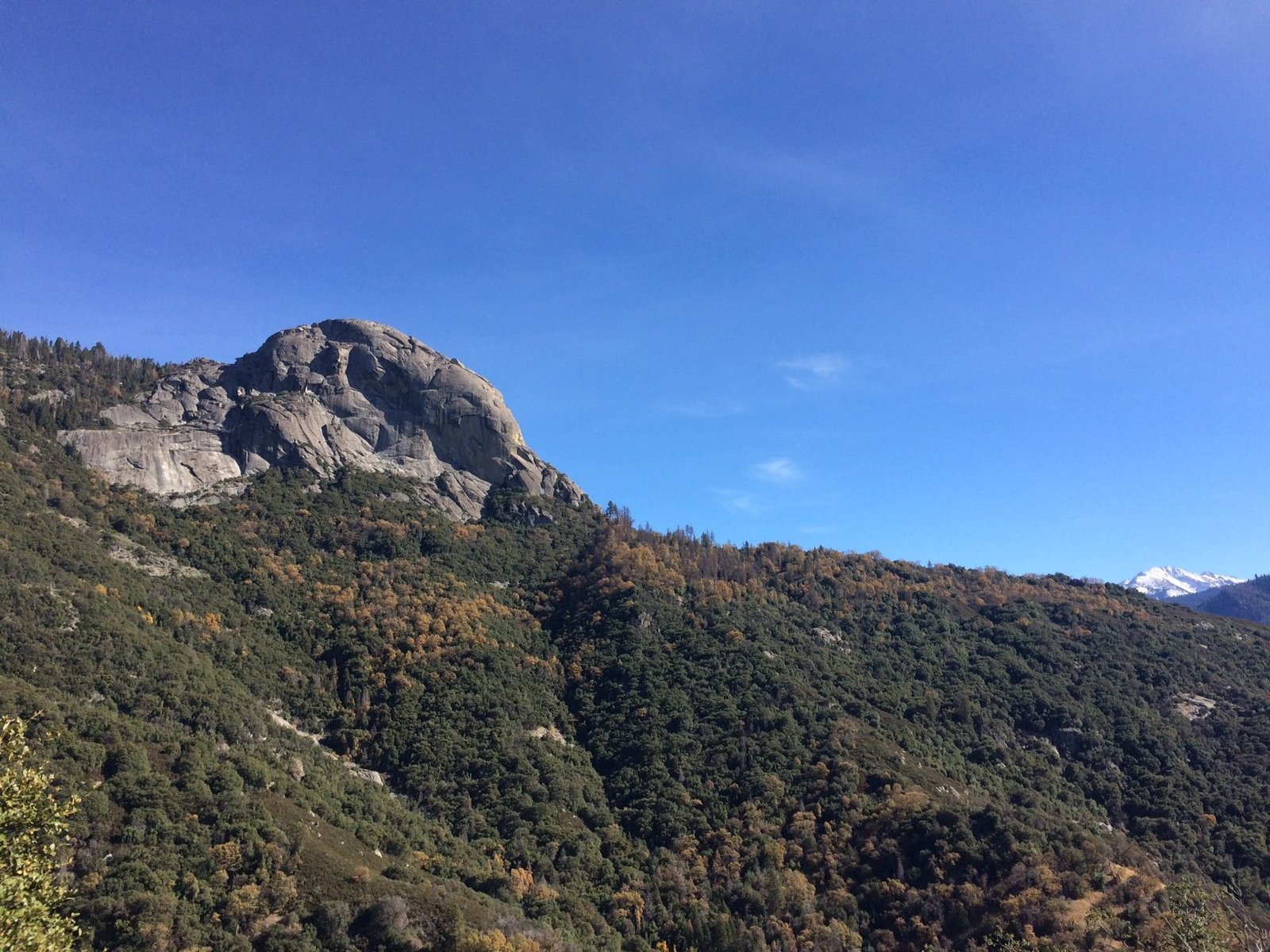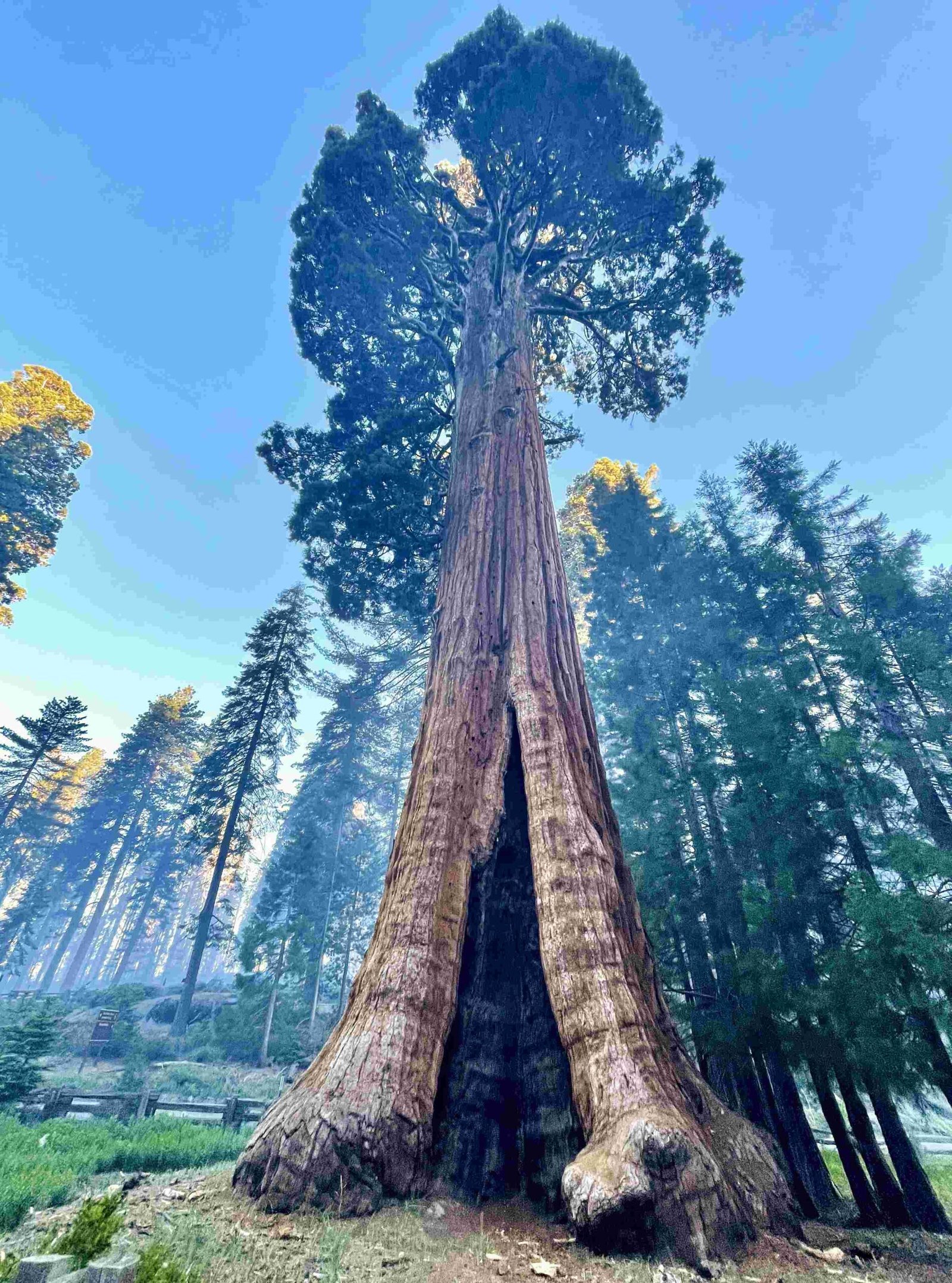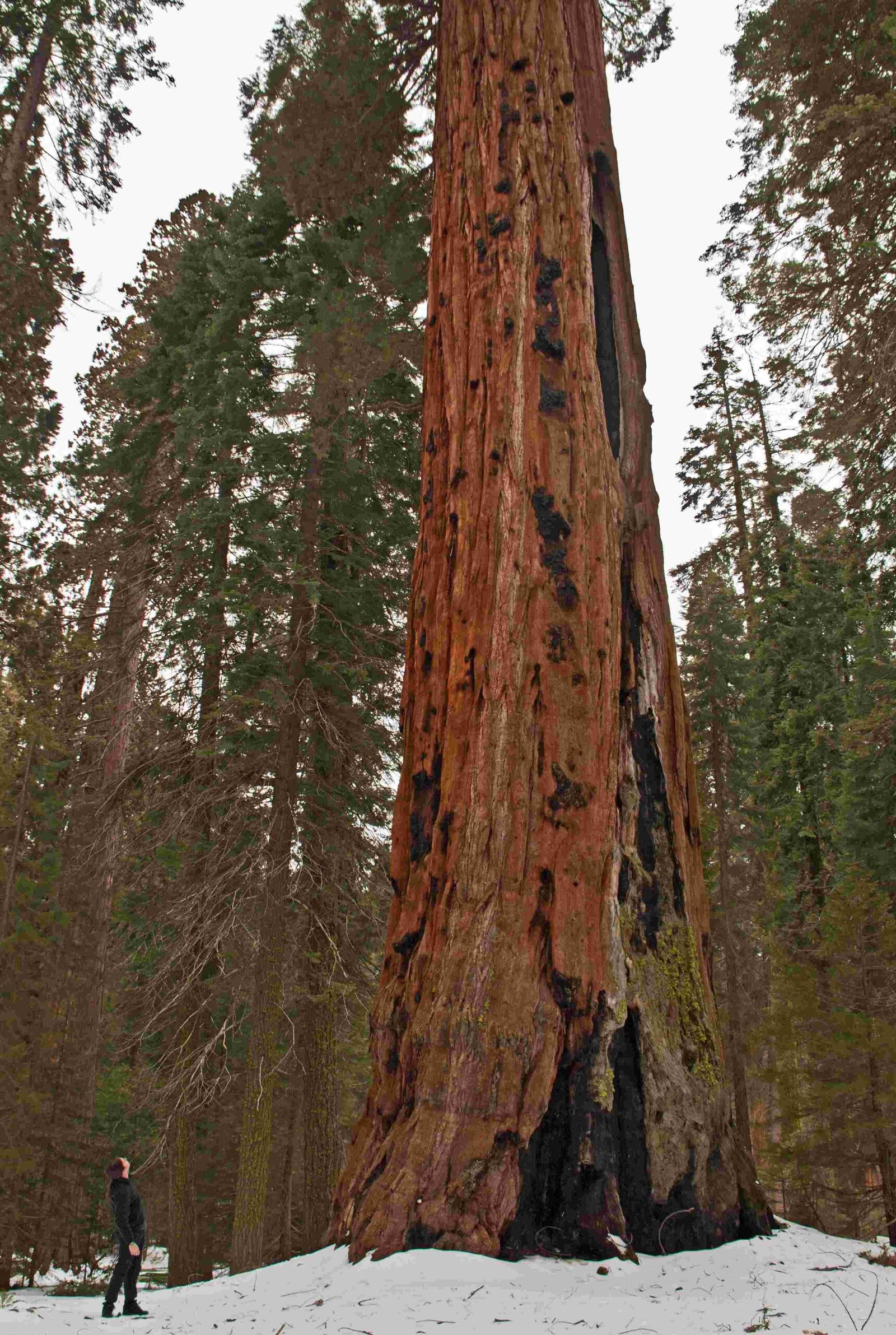The Notch Sequoia National Park, while not an official designation, refers to a lesser-known area within Sequoia National Park that offers breathtaking views, challenging hikes, and unique natural features. This region, often overlooked by casual visitors, provides a gateway to some of the park’s most spectacular backcountry experiences. From towering sequoias to pristine alpine lakes, the Notch area encapsulates the diverse beauty of the Sierra Nevada range.
What is the Significance of the Notch in Sequoia National Park?

The Notch area, while not officially named as such, is believed to refer to a geographical feature or trail section within Sequoia National Park. It’s likely associated with one of the park’s many scenic passes or gaps between mountain peaks. This area is significant for several reasons:
- Unique Vantage Points: The Notch offers spectacular views of the surrounding Sierra Nevada landscape.
- Access to Backcountry: It serves as a gateway to some of the park’s more remote and pristine areas.
- Challenging Hiking: The trails in this region often provide a more strenuous and rewarding experience for experienced hikers.
- Diverse Ecosystems: The area showcases the transition between different ecological zones within the park.
How Can Visitors Access the Notch Area?

While there’s no official “Notch” trail, visitors can explore this region through several popular routes:
- Twin Lakes Trail
- Length: 10-12 miles round trip
- Difficulty: Moderate to strenuous
- Elevation Gain: Approximately 3,000 feet
-
Highlights: Silliman Creek, Willow Meadows, Silliman Pass
-
Deadman Canyon Loop (Elizabeth Pass Loop)
- Length: 50-60 miles
- Difficulty: Strenuous
- Elevation Gain: Varies, with highest point at Silliman Pass (10,160 feet)
-
Highlights: Twin Lakes, multiple mountain passes, diverse landscapes
-
Alta Peak Trail
- Length: 13 miles round trip
- Difficulty: Strenuous
- Elevation Gain: 4,000 feet
- Highlights: Panoramic views of the Great Western Divide
What Unique Flora and Fauna Can Be Found in the Notch Area?
The Notch region of Sequoia National Park is home to a diverse array of plant and animal life, including:
- Giant Sequoias: The park’s namesake trees, some of the largest living organisms on Earth.
- Black Bears: Common in the park, especially in forested areas.
- Mule Deer: Often spotted in meadows and along trails.
- Mountain Lions: Elusive predators that roam the park’s backcountry.
- Sierra Nevada Bighorn Sheep: A rare sight in the higher elevations.
- Wildflowers: Abundant in spring and early summer, including lupines, columbines, and Indian paintbrush.
What Are the Best Camping Options Near the Notch?
For those looking to explore the Notch area, several camping options are available:
- Lodgepole Campground
- Capacity: Over 200 sites
- Amenities: Restrooms, potable water, picnic tables, fire grills
-
Reservation: Required through recreation.gov
-
Dorst Creek Campground
- Capacity: 218 sites
- Amenities: Similar to Lodgepole
-
Reservation: Required during peak season
-
Backcountry Camping
- Requires wilderness permit
- Leave No Trace principles must be followed
- Bear canisters required for food storage
How Should Visitors Prepare for a Trip to the Notch Area?
Proper preparation is crucial for a safe and enjoyable experience in the Notch area:
- Physical Fitness: Many trails are strenuous and at high elevation. Prepare with cardio and strength training.
- Gear: Bring appropriate hiking boots, layers for changing weather, and sun protection.
- Water and Food: Carry plenty of water and high-energy snacks.
- Navigation: Bring a map and compass, and know how to use them.
- Wildlife Safety: Learn proper food storage techniques and what to do in case of a bear encounter.
- Permits: Obtain necessary wilderness permits for overnight trips.
- Weather Check: Always check the forecast before setting out.
What Are the Best Times to Visit the Notch Area?
The ideal time to visit depends on your preferences and planned activities:
- Summer (June-August): Peak season with warm temperatures and all facilities open.
- Fall (September-October): Cooler temperatures, fewer crowds, and beautiful fall colors.
- Winter (November-March): Snow-covered landscapes, but many facilities and roads closed.
- Spring (April-May): Wildflowers begin to bloom, but some areas may still be snow-covered.
How Does the Notch Area Contribute to Sequoia National Park’s Ecosystem?
The Notch area plays a crucial role in the park’s ecosystem:
- Biodiversity Hotspot: Supports a wide range of plant and animal species.
- Water Source: Contributes to the park’s watershed, feeding rivers and streams.
- Climate Regulation: Forests in the area help sequester carbon and regulate local climate.
- Wildlife Corridor: Provides a pathway for animals to move between different habitats.
What Conservation Efforts Are in Place for the Notch Area?
Sequoia National Park, including the Notch area, is protected by various conservation measures:
- Fire Management: Controlled burns to maintain forest health and prevent catastrophic wildfires.
- Wildlife Protection: Programs to monitor and protect endangered species.
- Visitor Education: Ranger-led programs and interpretive signs to promote conservation awareness.
- Trail Maintenance: Regular upkeep to prevent erosion and protect surrounding vegetation.
- Scientific Research: Ongoing studies to better understand and protect the park’s ecosystems.
How Can Visitors Contribute to Preserving the Notch Area?
Visitors can play a crucial role in preserving this beautiful area:
- Follow Leave No Trace principles
- Stay on designated trails
- Properly store food to avoid attracting wildlife
- Pack out all trash
- Respect wildlife by observing from a distance
- Support park conservation efforts through donations or volunteering
The Notch area of Sequoia National Park, while not officially designated, represents some of the most pristine and challenging terrain in the park. Its rugged beauty, diverse ecosystems, and opportunities for solitude make it a favorite among experienced hikers and nature enthusiasts. By respecting the environment and preparing adequately, visitors can experience the awe-inspiring landscapes that have made Sequoia National Park a national treasure for generations.
References:
1. National Park Service – Sequoia & Kings Canyon
2. Recreation.gov – Sequoia National Park Camping
3. Leave No Trace Center for Outdoor Ethics
4. Sierra Nevada Bighorn Sheep Foundation
5. Sequoia Parks Conservancy

